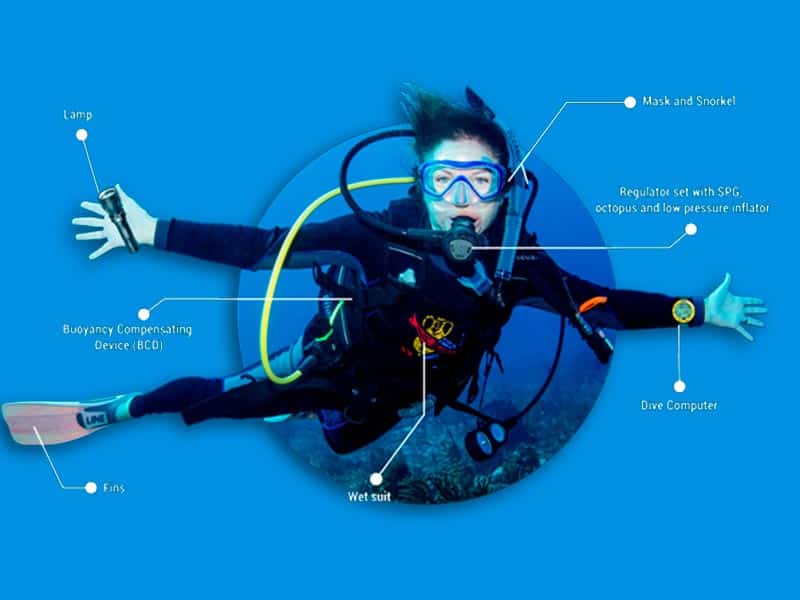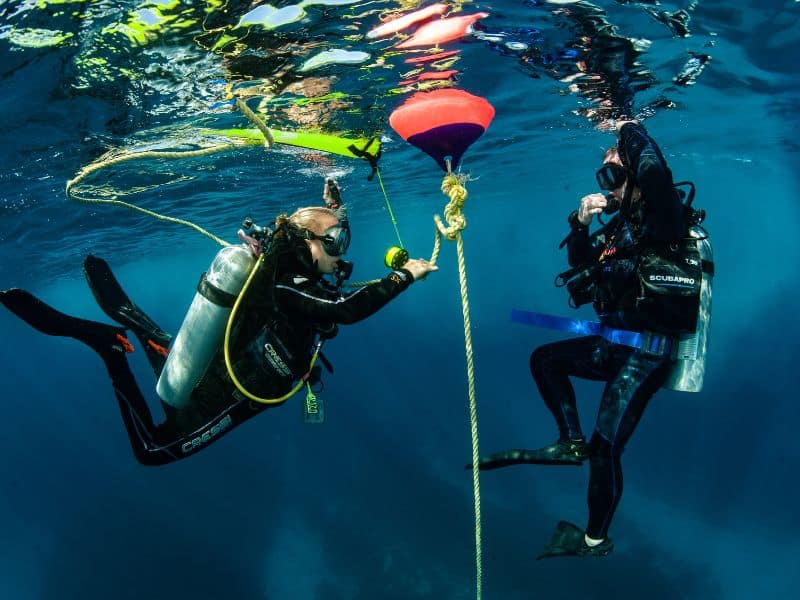1. Basic Difference between Snorkeling and Scuba Diving
Exploring the depths beneath the Rivera Mayan waves can be thrilling, and both snorkeling and scuba diving offer unique ways to experience this underwater world. However, they differ significantly. Let’s delve into the basics.
The basic difference between snorkeling and scuba diving lies in how you experience the ocean depths.
Snorkeling involves swimming close to the surface using a snorkel and mask, ideal for enjoying the coral reefs from above.
In contrast, scuba diving takes you deeper, using specialized equipment like a pressurized air cylinder, allowing you to stay underwater longer and explore more intensely.
2. Difference Between Snorkeling and Scuba Diving Gear
The primary difference in gear between snorkeling and scuba diving is the latter’s need for significant additional equipment. The core component of scuba diving gear is the pressurized air cylinder, which provides divers with a continuous supply of air underwater.
Moreover, scuba diving necessitates a regulator to control the airflow from the cylinder. An air gauge is essential for monitoring pressure levels, while a weight belt helps achieve neutral buoyancy underwater. Other important equipment includes a buoyancy control device (BCD), which assists divers in managing their ascent and descent, a depth gauge to track depth, and a dive computer for dive time and decompression stops.
In summary, scuba diving gear is more advanced than snorkeling equipment. Scuba diving requires an air cylinder, a regulator, a buoyancy control device (BCD), and a depth gauge—enabling exploration deep beneath the ocean surface. Meanwhile, snorkeling requires only a mask, snorkel, and fins. Both activities share some similar equipment, such as masks and fins, but only scuba diving includes items like regulators and dive computers.










